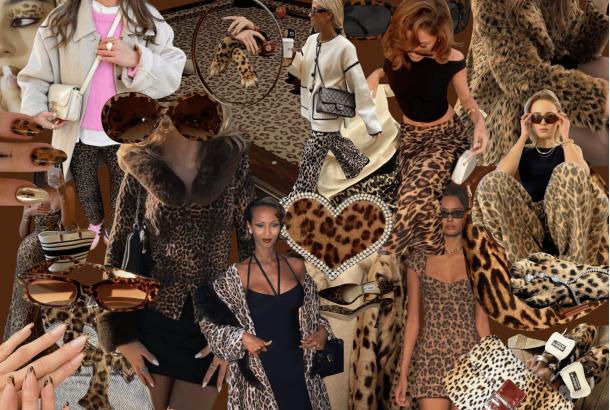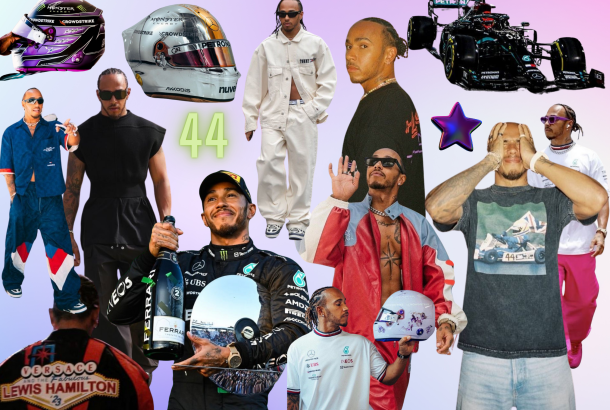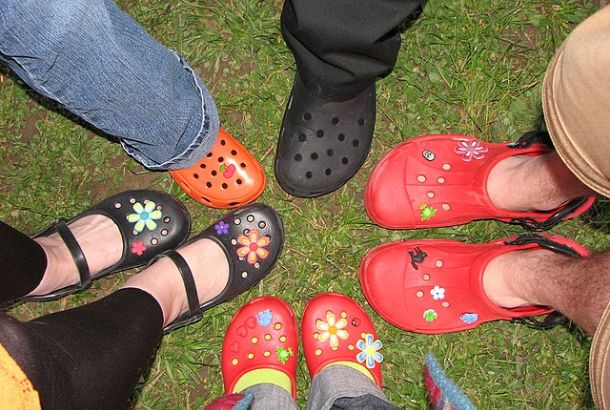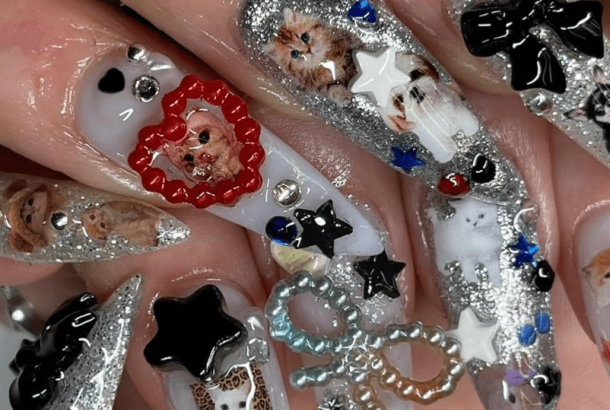Beauty for all: Inclusivity and diversity in the cosmetic industry
By Eunice Wong

In recent years, inclusivity and diversity have come under the spotlight in the beauty industry. Inclusivity has become an increasingly important consideration in cosmetic product development, and more cosmetic companies are launching inclusive makeup lines. Undoubtedly, Fenty Beauty’s 2017 “Beauty for All” campaign was the spark of global change within the industry towards inclusive beauty.
When it launched the ground-breaking Pro Filt’r Foundation with a range of 40 shades (now 50 available shades), Rihanna’s beauty line introduced a new standard for the beauty industry. By launching such a vast shade range to its consumers, the brand’s message was loud and clear: it wanted to include all women, regardless of ethnicity.
Although people of colour have always been a huge market segment, before the launch of Fenty Beauty, the majority of makeup brands produced very limited options for people with darker complexions.
Fenty Beauty’s huge commercial success highlighted the obvious: consumers are seeking products that respond to their needs. People of colour were tired of settling for a foundation that was ‘close enough’.
Having noticed the strong consumer demand for more inclusive products, makeup brands began launching an increasing amount of foundation lines with a broader shade range. Having a foundation with 40 available shades seemed to become an industry standard.
Top brands like Dior Backstage and Estée Lauder have massively increased their shade range and MAC Cosmetic pushed its Studio Fix Fluid Spf 15 Foundation to come in 64 shades.
On a larger scale, various companies have since then launched ethnic, gender, and age-inclusive campaigns. For instance, Revolution’s 2018 campaign featured models of different genders and ethnicities aged from 24 to 90 years old. Gucci Beauty 2020’s campaign similarly featured Ellie Goldstein: a model with Down’s syndrome. Inclusive lines have also extended to other cosmetic products like concealer, bronzer and blush.
Despite the industry’s seemingly positive attitude towards diversity and its efforts to combat racism, truly inclusive makeup lines are still not the standard. While there has been a definite increase in the amount of darker foundation shades on the market, it must be remembered that it was originally merely a marketing response to the competitive pressure created by Fenty Beauty and the backlash from customers.
Racism is still imbued at the very core of the beauty industry. There are still constant cases of brands, like Givenchy Beauty in 2019, who fail to recognise the shift that has happened and produce non-inclusive lines. We are still far from having an industry that truly values diversity.
Fundamentally, inclusivity is not just about offering more foundation shades to consumers. The industry needs to tackle the lack of representation, inclusion, and diversity at different levels.
“Foundation for all” is just the beginning of the movement. We need constant changes in the industry and a balanced representation on all production levels. Inclusivity and diversity should not be a temporary marketing strategy, but an integral value that guides cosmetic companies towards greater changes.







